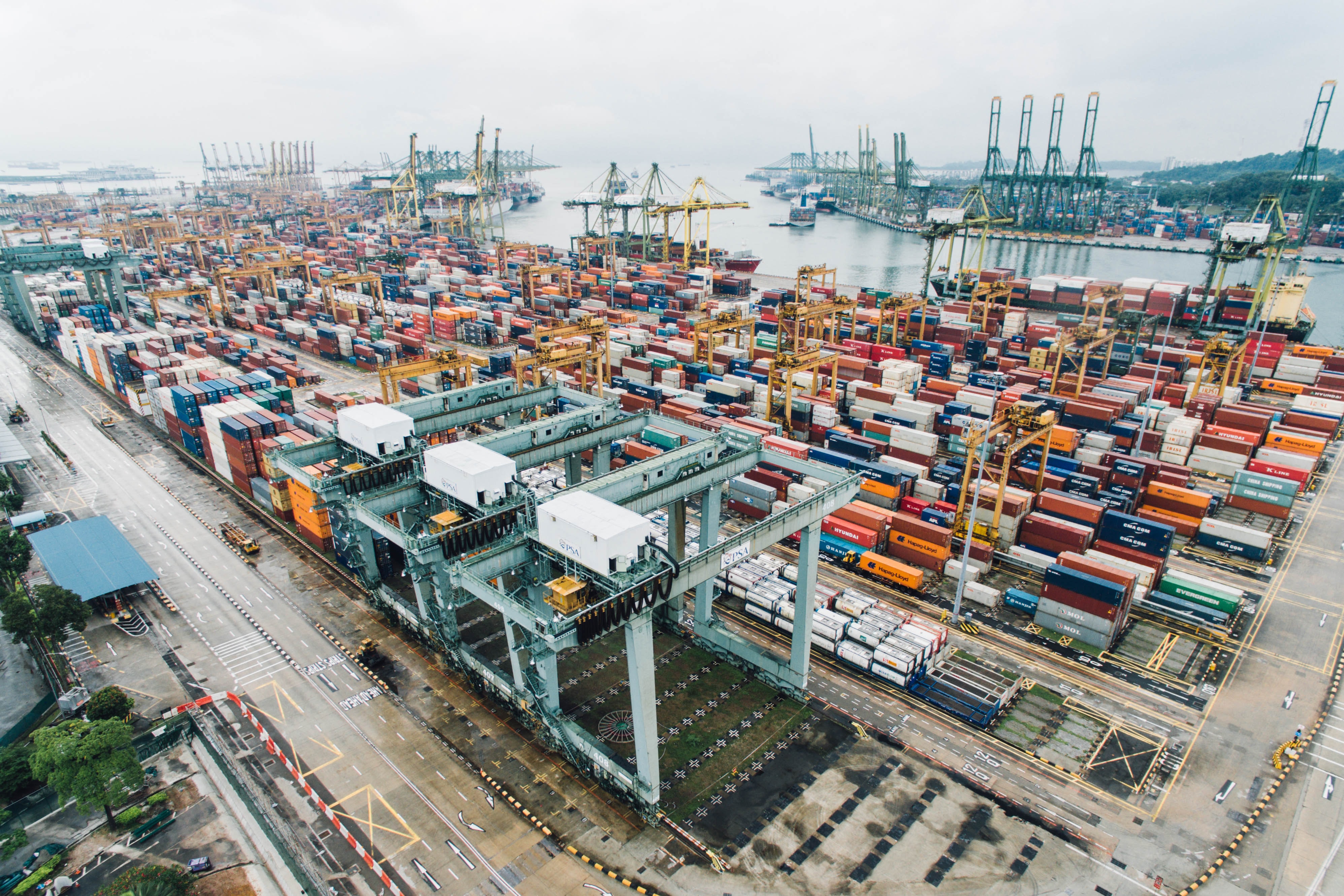In a world where technology is more powerful than ever, we need frameworks through which to view the research and development we conduct. Technology carries both bright hope and dark possibilities for the future, and it is up to us as individuals and as a society to decide which path we want to take. In this blog post, we will explore the bright and dark possibilities of technology and why philosophy is needed now more than ever to make informed decisions about our future.
The pace of technological change is speeding up, which has profound implications for individuals, businesses, and societies. In a little more than 100 years, technological development has taken us from the first telephone call (1876) to the first website (1991). A mere 16 years elapsed between the appearance of the Internet and the first iPhone (2007). Since then, significant technological breakthroughs have included autonomous vehicles, electric cars, tablets, augmented reality, the bionic eye, social media, artificial intelligence, and genetic engineering, to list a few. Each new development builds on earlier ones to create ever more powerful technologies. As these technologies proliferate and become more sophisticated, they change how we live, work, learn, and play.
Curvilinear belts were developed for high speed and high torque environments.
The Cyborg Epoch: What Does It Mean to Be Human?
Apr 5, 2022 11:20:28 AM / by posted in technology
We are living in the Cyborg Epoch. What does that mean for humanity? We are already beginning to augment our bodies with technology. As computer connections to the brain and machines become more sophisticated, the line between human and machine becomes blurred. The ability to directly control machines with thought has made creating a fully functioning cyborg a real possibility. At what point does a human stop being human? Is it by percentage? Or maybe it is by conscious awareness? How will we define humanity in the future?
What if we could bring extinct species back to life? It may sound like science fiction, but it is actually becoming a reality. De-extinction is the process of bringing an extinct species back to life using modern technology. De-extinction is a new word thrust into the lexicon of the 21st century as no longer a science fiction term but a potential scientific fact.
Engineers have always been at the forefront of medical advancement and have often invented technologies that improve quality of life. This is particularly true in regenerative medicine, where new therapies are developed to help restore function to tissues and organs. In this blog post, we will explore some of the current regenerative medicine therapies and discuss how they are improving patient care. We will also discuss some of the challenges associated with regenerative medicine and look at ways these can be overcome. Finally, we will provide an overview of some of the upcoming advances in this field that promise to improve patient outcomes even further.
Want to control software voice-free? It's all in the mind
Jan 31, 2022 6:00:00 AM / by posted in technology
We've long been fixated on using our bodies to control devices and software, from video game joysticks to iris-scanning security tools. You may only recently have gotten the hang of your voice-activated speaker, but now it's time for the next frontier: controlling devices with your mind.
Virtual Reality (VR) is one of the most discussed and anticipated technologies in recent years. With increasing advancements in hardware and software, VR is moving closer to becoming a mainstream technology. This blog post looks at the current state of VR, its future potential, and some challenges that need to be addressed for it to reach its full potential.
Seven Books for Successful Modern Leaders
Jan 24, 2022 4:00:00 AM / by posted in Leadership
Most people would say that in order to be a successful leader, you must have years of experience and intimate knowledge of the business world. However, modern leaders don't need to fit that mold. They can be anyone – from CEOs to first-time entrepreneurs – as long as they possess the right skill set and mindset. If you're looking to become a successful leader in today's rapidly changing world, here are seven books that will help set you on the right path.
As countries continue to vaccinate people against COVID-19 and provide booster vaccinations to achieve herd immunity, it has become clear that economic recovery will take longer than most people probably expected and, in some cases, much longer. One obvious cause of the delay was the discovery of the Delta variant, and now the Omicron variant.


.png)







